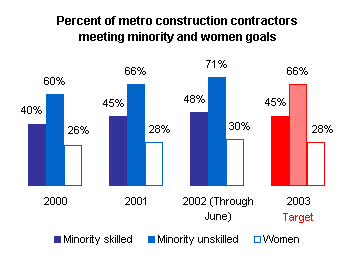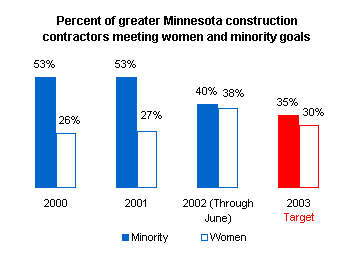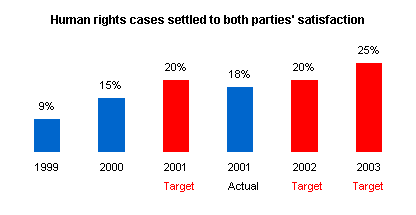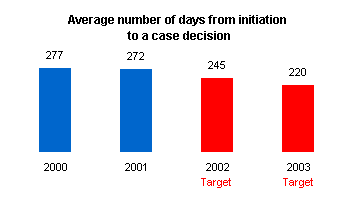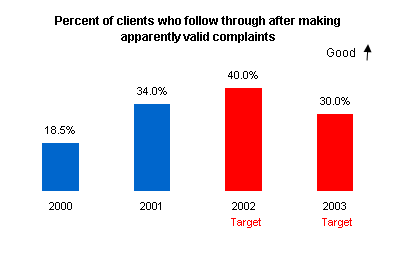
|
Living Human Rights and Respect "Love is Bigger than Government" - Gov. Jesse Ventura The most recent census has revealed a newly diverse population characterized by widely diverse races, heritage, cultures, beliefs and lifestyles. Diversity is not something that will happen sometime in the future. It is the best word to capture the total picture of life right now in urban, suburban and rural communities across Minnesota. The Governor refers to the Constitution when he reminds us that every citizen is afforded certain inalienable rights. Government is required to ensure that every person has an equal access to education, and is not denied housing or a job or services because of who they are or what they believe. At the same time, the Governor cautions the best government protections are insufficient to protect against the pain and inhumanity caused by individual acts of prejudice. The entire cabinet of the Ventura administration shares the commitment to serve every citizen equally. The Minnesota Councils of Color, established by state statutes years ago, are valued advisors in achieving that goal. The Department of Human Rights, together with many community-based partners, is entrusted to create safe places where Minnesotans, who may not speak the same languages, can have candid, honest conversations. When we can accept each other as people, not merely as groups that must be forced together by law, life will be good no matter where we live.
|
|||||||||
|
Percentage of human rights cases that are resolved to both parties' satisfaction. |
|||||||||

|
|||||||||
|
|
|||||||||
|
|
|||||||||
|
Why is this indicator important? This indicator tells us whether state construction contractors have improved their minority and female hiring and retention policies as a result of the program by measuring the percentage of companies meeting or substantially meeting their equal employment opportunity (EEO) goals. These goals are based on local minority and women work force availability data as determined by the Census. Progress toward achieving goals is measured by determining the percentage of minority (or female) participation hours involved in a project at a given point in time. What is the Administration doing? The department assists state construction contractors in recruiting and retaining qualified women and minorities for employment in state-funded projects. MDHR reviews over 2,000 EEO plans and consults with 1,000 state construction contractors annually. The agency has produced a manual designed to assist employers in recruiting and retaining qualified women and minorities. The agency has conducted on-site audits of 200 state construction contractors to advise and assist them in complying with their EEO plans. Follow up data shows that construction contractors who receive audits outperform their peers in hiring and retention of qualified minorities and women for at least three years after the initial visit. Is the Administration meeting the indicator target? Compliance data for the metro area has been on target, showing a steady increase in employment for women and minorities in the construction field. However, data from Greater Minnesota shows a decline in minority employment below projected levels. A declining economy and a loss of program funds require lowering the target for calendar year 2003. This program was reduced by two positions and lost the majority of budgeted travel funds to conduct on-site audits. Individualized assistance to businesses developing EEO plans has been reduced by 70% and on-site audits have been reduced from 10% to 2.5% of businesses contracting with the state. For more information, see hotlink to compliance report. |
|||||||||
| top
|
|||||||||
Percentage of human rights cases that are resolved to both parties' satisfaction. |
|||||||||
|
|
|||||||||
|
Why is this indicator important? A high case settlement rate reduces the need for costly investigation and/or litigation of cases and helps both parties adapt to a changing environment after a complaint has been resolved. What is the Administration doing? The department has established an operating principle in handling its discrimination cases—resolve them as early and as amicably as possible. MDHR has worked actively to increase its capacity to settle disputes through mediation, conciliation, and pre-determination settlements so that parties to cases can work together on a shared solution to the complaint. For more information on the disposition of department cases see hotlink to semi-annual report. Is the Administration meeting the indicator target? The last 6-month report shows that our settlement rate is currently at 17.5%. We expect to reach our target of 20% by the end of calendar year 2002. |
|||||||||
| top
|
|||||||||
|
|
|||||||||
|
Why is this indicator important? Processing time is the number one issue raised by all clients of the department. It is important to our clients because timeliness in resolving disputes increases the ability to resolve charges through alternative means and insures that “fresh” evidence is available for investigation. What is the Administration doing? The number of charges filed with the department has increased 13% over the last two years; rising from 1286 charges in FY00 to 1449 charges in FY’02. Depending on the facts, the number of allegations involved and the timeliness of response from the parties, a case investigation can take as little as 60 days or as much as 14 months. Processes have been reengineered to better use alternative dispute resolution, case screening techniques and streamlined processes to resolve cases more quickly. Despite the increased charge volume, there is no backlog of cases at the department and turnaround time on cases has been reduced. For detailed information on how MDHR compares to other states, see hotlink to Nationwide Survey. Is the Administration meeting the indicator target? Yes, in fact we have exceeded the target. For the first six months of the year, the agency’s weighted average case processing time was 220 days.
|
|||||||||
| top
|
|||||||||
|
|
|||||||||
|
Why is this indicator important? The department evaluates this number to determine whether our process is accessible to complainants. When a complaint is first lodged, the person making the complaint is asked to provide all relevant information needed to pursue the claim. They are sent materials that describe the case resolution process and an outline of the information needed to file a charge. An unfortunately low number of clients follow through after learning their complaint is jurisdictional to the department. Some clients self-select out of the process after they learn more about the law and the information needed to prove discrimination. For others, the process may appear overwhelming, especially when many are recently unemployed or have been evicted from their dwelling. What is the Administration doing? The department has worked to simplify the forms and instructions provided to potential clients. MDHR also has trained local human rights commissions to assist complainants in their local communities. However, what has proved most effective is direct follow up contact with potential charging parties by telephone or mail. Is the Administration meeting the target? No. The current participation rate is 36% instead of the 40% rate projected for calendar year 2002. We do not anticipate meeting this target. Budget reductions in 2002 have severely limited our ability to follow up with potential charging parties. We do, however, expect to retain the gains made from process improvements made since the year 2000. |
|||||||||
| top
|
|||||||||
